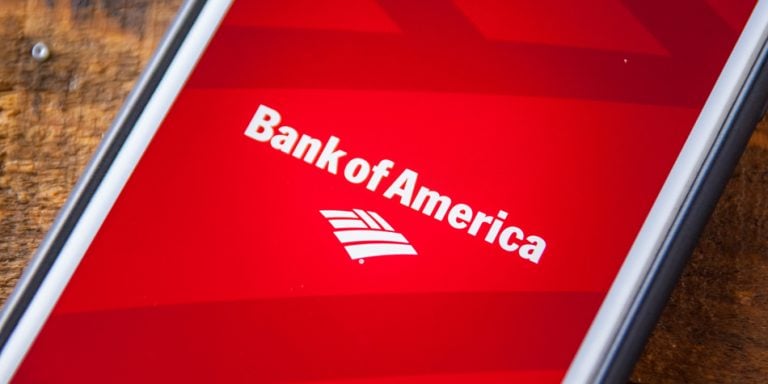If the recent performance of Bank of America Corp (NYSE:BAC) shares is any indication of what investors expected from fourth-quarter earnings (and it is), then they were looking for something big. BAC stock was up 39% between the end of October and yesterday’s close. While the rally has slowed down since mid-December, shares have managed to grow their ground, supported by confident investors who were still testing the new 52-week high mark this week.
Those shareholders weren’t wrong in their optimism.
Although the company did fall short on one front, last quarter was a success by most standards. BAC shares pulled back slightly, falling 0.35% in Friday’s premarket action, which is more than palatable considering Bank of America stock was priced for perfection.
In other words, BofA continues to justify the stock’s rapid price increase. Shareholders just shouldn’t be surprised if they see a slight pullback borne out of the initial, knee-jerk weakness.
Bank of America Q4 Earnings
For the quarter ending in December, the mega-bank earned 40 cents per share versus expectations of 38 cents per share. The revenue outlook for $20.96 billion wasn’t quite achieved, however — BofA only drove $20 billion worth of revenue last quarter. Net income grew 47% year-over-year, to $4.7 billion.
BofA of earned 27 cents per share on a top line of $19.56 billion in the fourth fiscal quarter of the prior year, translating into growth of 48% and 2.2%, respectively, on a year-over-year basis.
CEO Brian Moynihan commented on the fourth-quarter numbers:
“We had strong results in 2016 because our strategy is working. We are lending more and seeing historically low charge-offs, which is what responsible growth is all about.Revenue was up modestly, but EPS grew by 15% as we continued to manage our expenses and create operating leverage. With strong leadership positions in our businesses against a backdrop of rising interest rates, we are well-positioned to continue to grow and deliver for our shareholders in 2017.”
One particular bright spot was the 6% improvement in net interest income, to $10.3 billion, largely driven by higher interest rates. The company noted in October that a 100-basis-point rise in interest rates could add as much as $7.5 billion in annual net income
, as the difference between the cost of money and lending that money widens, Those interest rates — long-term and short-term — grew approximately 60 basis points during the quarter in question.
Perhaps the most-anticipated figure in Friday morning’s report from the Bank of America was its return on tangible common equity, often referred to as ‘ROTCE.’
Earnings relative to a bank’s common equity is one of the few means of comparing one bank’s results to another. BofA’s ROTCE had been running in the low single digits through 2014, but moved considerably closer to the bank’s goal of 12% as of 2015. Q3’s return on tangible common equity jumped to a very healthy 10.3%. Last quarter’s reading fell slightly, to 9.9%, though the broad trajectory remains pointed upward.
Moynihan has also been working diligently to continue culling expenses, cutting $400 million worth of operational costs during the third quarter of last year. For the fourth quarter, those non-interest expenses were down 6%, or $849 million, to $13.2 billion. The long-term plan is cutting a total of $5 billion in operational expenses by 2018.
The bank’s provision for credit losses fell to $774 million from $810 million. Net charge-offs declined from $1.1 billion to $880 million.
For the full year, net income rolled in at $17.9 billion, or $1.50 per share.
Bottom Line for BAC
For a myriad of reasons, BofA had a tougher time than most shrugging off the adverse impact of 2008’s subprime crisis. Seemingly more often than not the bank ran afoul of the Fed’s so-called “stress tests,” failing it in 2011, passing the tests in 2012 and 2013, then conditionally-passing the solvency tests in 2014 an 2015. Last year’s test was cleanly passed, though, allowing Bank of America to up its dividend and stock buybacks.
This time around, Moynihan seems to have the bank positioned for adequate strength on a more permanent basis. The fourth quarter earnings numbers bolster this bullish case, even though the top line was a bit disappointing.
That’s not to say Bank of America stock isn’t overbought and vulnerable to a pullback. As things stand now, however, the prospects for less regulation, an economic revival and higher interest rates are legitimate. It’s difficult not to like BAC for the foreseeable future, particularly if shares pull back and offer a better entry level.
As of this writing, James Brumley did not hold a position in any of the aforementioned securities.

